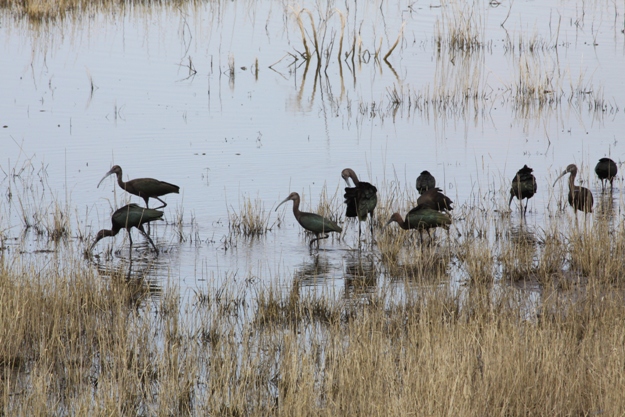Wild Pantex – The Scoop on Pantex and Wildlife
Article by Jim Ray, Pantex Wildlife Biologist/Scientist
Recent media coverage on our wildlife work at Pantex elicited the following comment in the Amarillo Globe News. “That’s cool….but, I don’t get the connection between what Pantex does and them studying birds.” Well, that’s pretty easy to answer so I’ll do it here.
Good Stewards/Good Neighbors
First off, think U. S. Department of Energy’s (USDOE) Rocky Flats facility in Colorado. Many of the directives that flow down to my management and division stem from environmental issues at Rocky Flats: the resulting public perception, the reactions that followed, and then the eventual closing of that facility – forever. Trust me, the Pantex Plant, its employees, and the surrounding communities want no part of something like that. We want to be here for the long run, continuing our roles in national security and our place in the local community. Thus, concern for, and protection of the environment is embedded in our company’s strategic plan, our environmental policy, and in our nuclear safety culture.
The Pantex wildlife program operates within a rather broad directive from USDOE, “Land use planning and stewardship responsibilities will be implemented consistent with the principles of ecosystem management and sustainable development.” What we take out of this, and additional guidance, is that we are to use state-of-the-art management practices to manage and maintain our shortgrass prairie and playa wetland-centered ecosystem and the native wildlife resources that inhabit it. This factors into all the various parts of our program including nuisance animal management.
Although it is easy to think that research goes above and beyond that basic mandate, research is in order when questions are needed to address management needs. Research contributions and collaborations help make us good stewards and neighbors, and USDOE has been very supportive of our efforts.
Other Supporting Directives
The Executive Order, Responsibilities of Federal Agencies to Protect Migratory Birds, came about in 2001 and gives us a strong driver to manage habitat for birds, conduct research, promote birds through outreach, and participate in partnerships that conserve or study birds. Additionally, much of our current work on birds is part of the monitoring that we promised the U. S. Fish and Wildlife Service and Texas Parks and Wildlife Department that we would perform, as responsible stewards, in association with the Pantex Renewable Energy Project.
Thus, our research collaborations, and the resulting opportunities for sharing of information through publications, presentations and interactions with the media are all supported by agency directives, and the kind of responsible stewardship that we want to continue to display into the future.
Please feel free to share this link with others who enjoy wildlife or appreciate entities that take great strides to contribute to wildlife conservation.

These white-faced ibis take time to feed on aquatic invertebrates in Playa 1 at the Pantex Plant.
